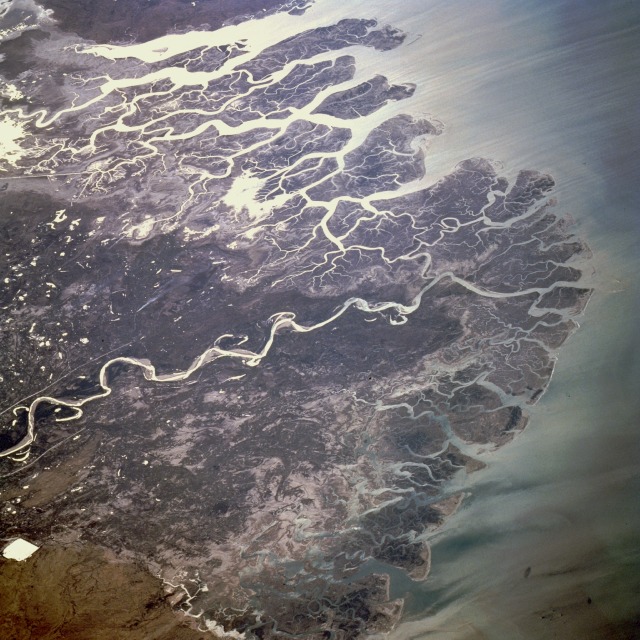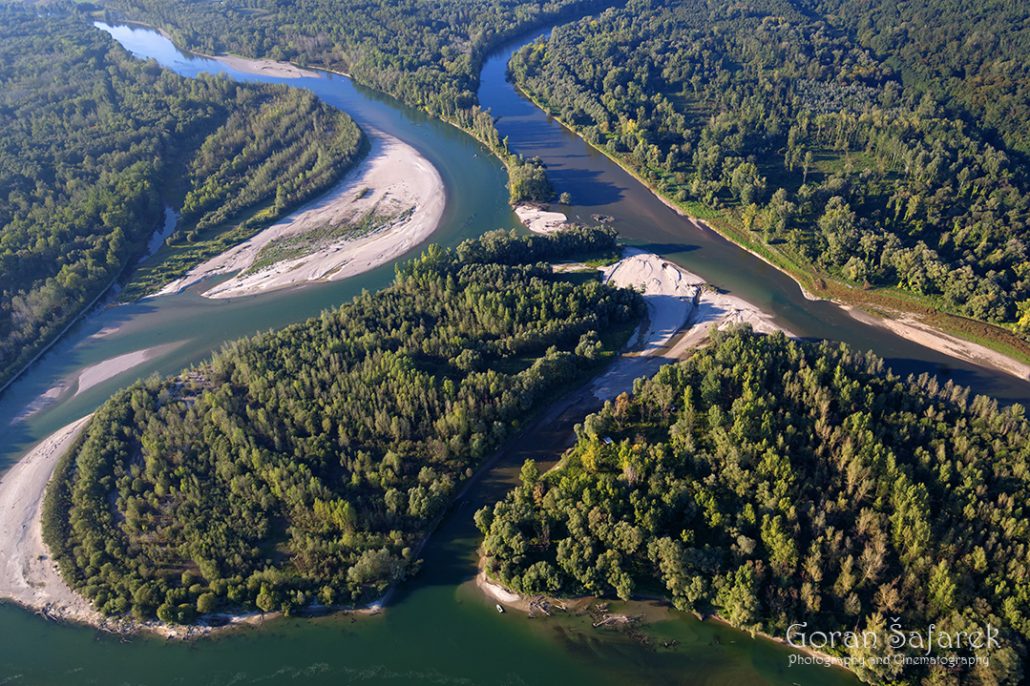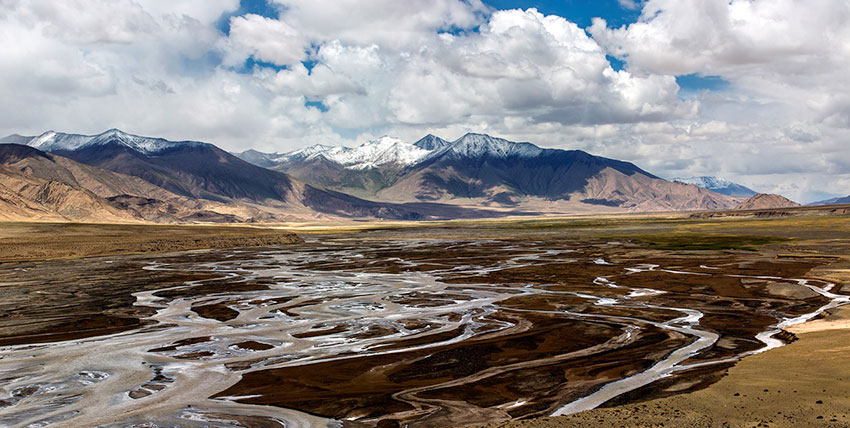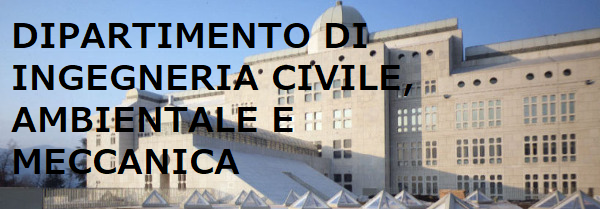In the vast and diversified world of river shapes and environments, bifurcations and confluences represent two typical morphological features, characteristic of multi-thread systems such as braided rivers and fluvial delta. Bifurcations and confluences are often not isolated but rather part of a complex river system. Understanding how the water and sediment fluxes are partitioned at a bifurcation is of particular importance for flooding prevention, water resources management, vulnerable habitat protection.
However, the dynamics of a bifurcation could be affected by backwater effects due variations of downstream conditions, for example, sea-level rise, or the presence of a confluence, the point where the two bifurcating channels rejoin. 
Niccolò Ragno, a student of the Master Degree in Integrated Environment and Landscape design in the context of international cooperation, decided to deepen this latter situation for his master’s thesis. He started from the following question: could the presence of a downstream confluence affect the stability of an upstream bifurcation due water-level fluctuations at the junction, for varying flow conditions?
Bifurcations have been studied extensively in the last twenty years through a series of theoretical studies, field observations, numerical and laboratory-scale physical models. But till now, a model for a confluence with erodible bed condition was not already proposed. In order to fill this gap, Niccolò and his supervisors, Prof. Marco Tubino and PhD doctor Marco Redolfi, developed a one-dimensional model starting from previous studies in fixed bed condition. The model then has been coupled with a bifurcation model.
From the preliminary results is emerged that water-level variations at a junction point are possible: this variation are “small”, “very small”, but potentially sufficient to change heavily the system equilibrium, leading to counter-intuitive solutions.
The work done could be an useful tool for the study of long-term evolution of side-channel systems and for the management of river restoration measures act to recover a deteriorate ecosystem. From the 19th century, and in particular during the 20th century, we have witnessed, especially in Europe and North America, to a series of massive and affecting works on water bodies, with channels straightening and channelization, embankments and dikes construction, gravel mining for construction material, which lead to a loss of biodiversity, river-bed degradation and instability, groundwater sinking, increasing flooding damage, with an important environmental, economic and social repercussion. In the last years river restoration measures in order to re-activate the processes and the functions of water streams are a major issue. A common practice, is represented by the construction or re-activation of side channels like the case of river Drava.




